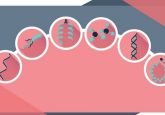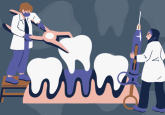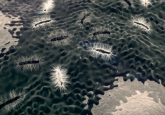Hunting for oncopathogens with multiomic approaches
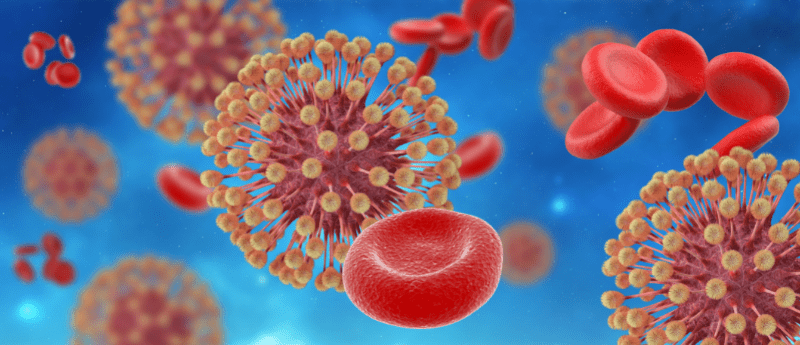
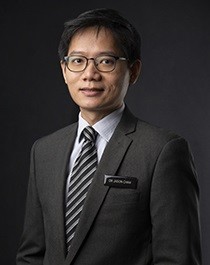 Dr Jason Yongsheng Chan is a consultant medical oncologist and Director of the Cancer Discovery Hub at the National Cancer Centre Singapore. He is also the Principal Investigator for the STARLIGHT Initiative – a newly started research effort for the study of rare cancers in Singapore.
Dr Jason Yongsheng Chan is a consultant medical oncologist and Director of the Cancer Discovery Hub at the National Cancer Centre Singapore. He is also the Principal Investigator for the STARLIGHT Initiative – a newly started research effort for the study of rare cancers in Singapore.
Here, he discusses his recent presentation at AACR 2022 (8th-13th April; New Orleans, LA, USA) and his key takeaways from the conference.
What were you presenting on at AACR?
I presented at the Major Symposium titled “Multiomics approaches for novel oncopathogen discovery and related mechanisms”. The title of my talk was “Identification and characterization of human angiosarcoma subtypes through multi-omic multi-dimensional profiling”.
In the session, I shared the molecular landscape of human angiosarcoma, an ultrarare cancer that is more prevalent in Asian populations. In Asia, the prevalence is reported to be 7% of all soft tissue sarcomas, as compared to 1-2% in Western literature. Most cases arise from the head and neck region, and patients often do not report any of the known risk factors such as exposure to radiation. In our recent study, we showed that approximately half the head and neck angiosarcomas harbored evidence of previous ultraviolet exposure and high tumor mutation burden. Additionally, we described a novel etiologically-distinct subtype of angiosarcoma defined by the presence of human herpesvirus-7 (HHV-7). Angiosarcomas harboring HHV-7 are enriched for inflammatory and immune-related signatures, which may inform clinical implications.
Subgroups of angiosarcomas appear to be “immune hot” or “immune cold” based on bulk tissue profiling and had previously been suggested to respond favorably (or not) to immunotherapy. However, we now provide new data that these immune signals vary across spatial dimensions, adding to the complexity of the overall “omic” landscape.
For those who couldn’t make the presentation, what were three key takeaways?
The three most important messages from my presentation were as follows:
- Angiosarcomas in Asians are clinically and molecularly distinct from Western populations
- Ultraviolet and human herpesvirus-7 are potentially unique etiologies of angiosarcomas arising from Asian populations
- Multi-omic and multi-dimensional profiling can shed light on the molecular pathogenesis of ultrarare cancers like angiosarcoma
Did you learn any exciting or useful pieces of information from the other presentations in your session?
Dr Bin Tean Teh presented on the molecular landscape of liver fluke-associated cholangiocarcinoma, which led to the identification of several actionable therapeutic targets.
Dr James DeCaprio talked about polyomaviruses, a group of pathogens that may cause certain cancers, including bladder carcinoma and Merkel cell carcinoma. He provided a detailed analysis of the transcriptome of polyomaviruses and wraparound transcription as a means to expand their coding capacity.
What has been your highlight of AACR?
The highlight has to be seeing so many like-minded individuals with a passion for cancer research face-to-face in a long time. Of course, the food in New Orleans was also awesome!
What advice would you give to someone attending AACR for the first time?
Don’t be overwhelmed by the large number of concurrent sessions. Pick one or two areas you’d like to focus on in the meeting and attend talks related to them. The Educational sessions are particularly helpful and certainly add to the enjoyable experience.
